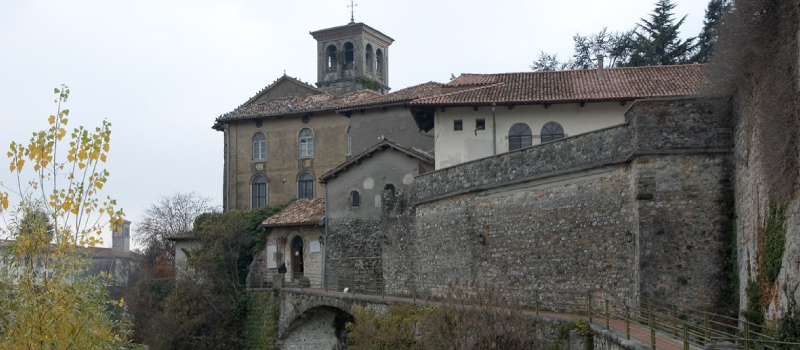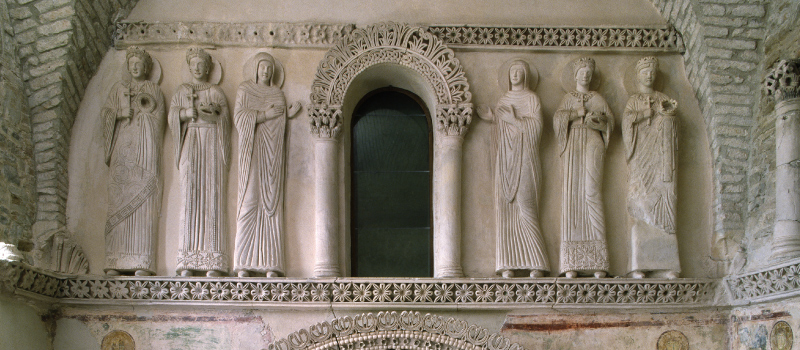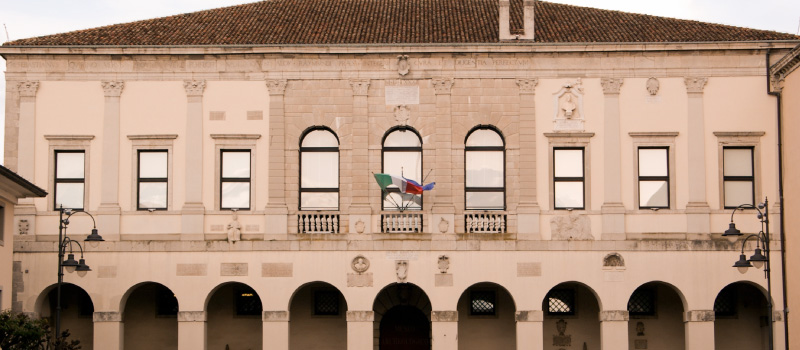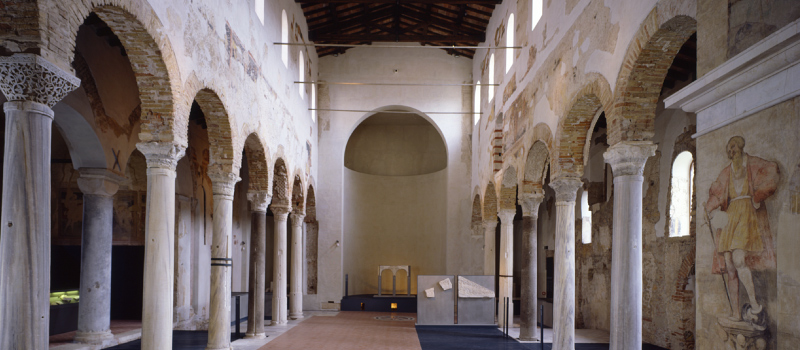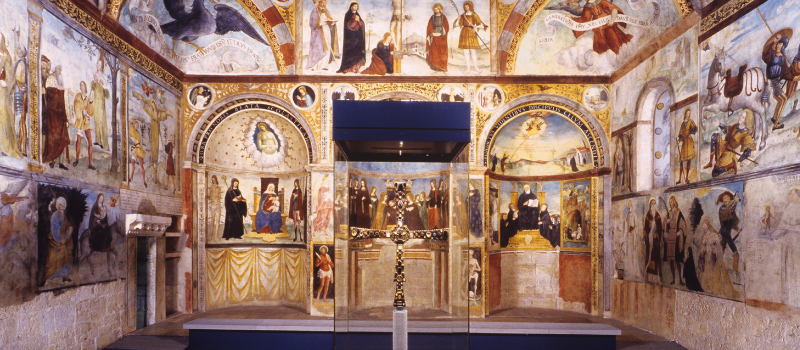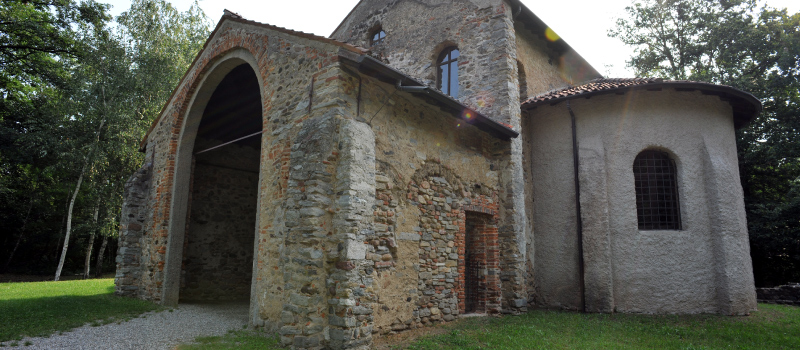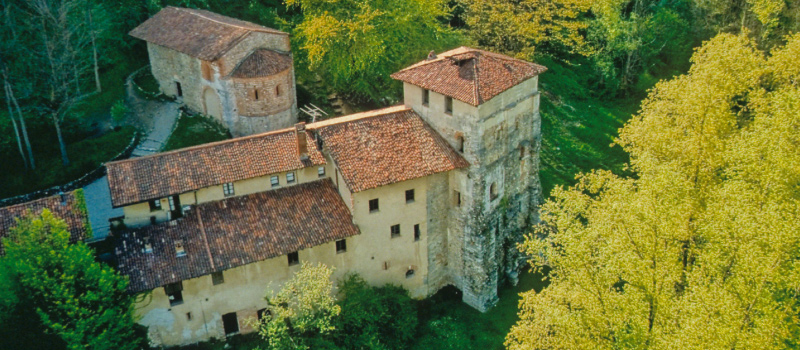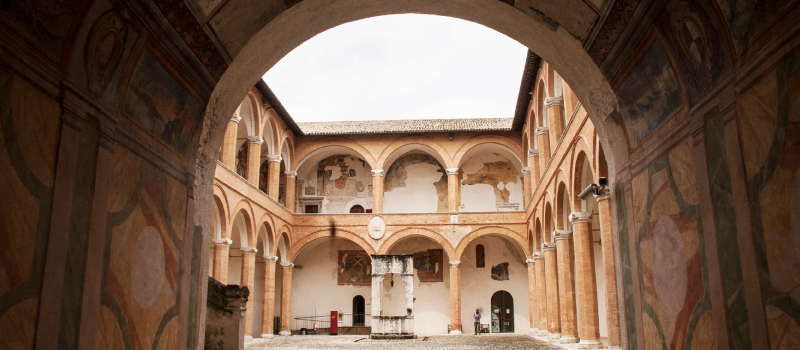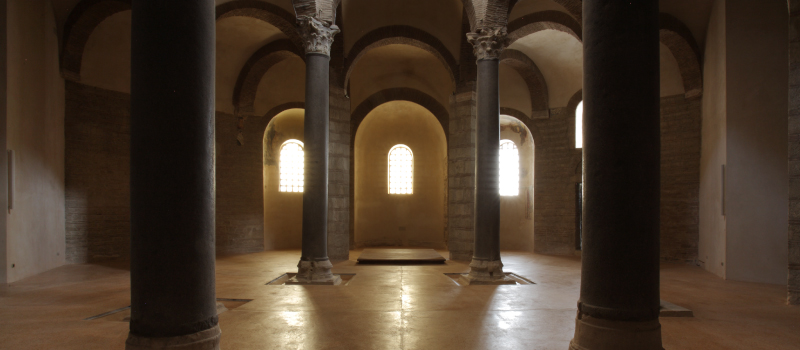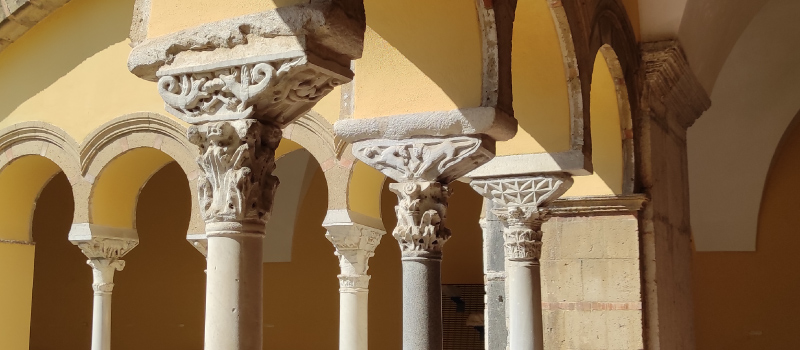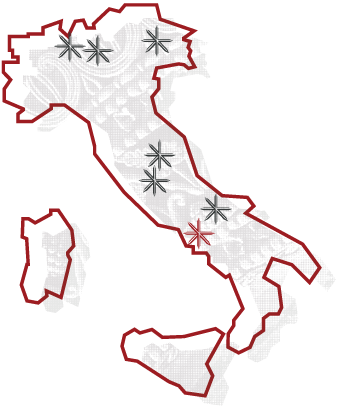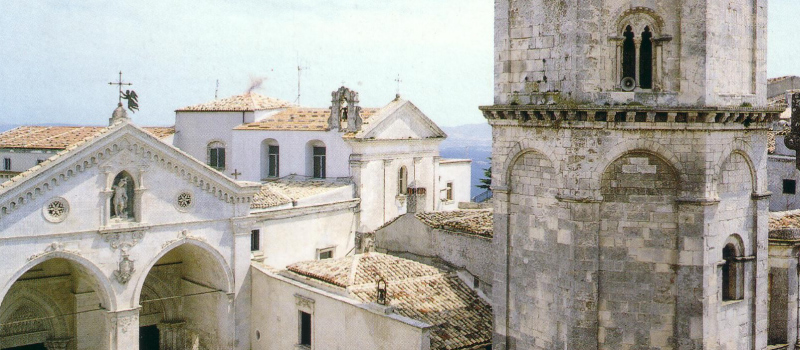History
They abandoned their homeland and moved to northern Germany, where they were present among German tribes between the 1st and 3rd centuries AD. This was the beginning of a lengthy migration in search of a new and better place to live that lasted more than five hundred years.
During this long journey, the Lombard people were joined by other peoples (Gepids, Sarmatians, Bulgarians, Saxons, Thuringians, Heruli) and shared their culture, traditions and customs; the aggregation of these different peoples gave rise to a new cultural group. When they arrived in Italy, they encountered the Byzantine culture.
I e III secolo
Movement of the Lombards from Scandinavia to Germany. The land of origin of the Winnili, the ancient name of the Lombards, is traditionally located in Scania, modern Scandinavia.
Migration of the Lombards into Bohemia and Hungary. This was the beginning of a lengthy migration in search of a new and better place to live that lasted more than five hundred years. During this long journey, the Lombard people united with other peoples (Gepids, Sarmatians, Bulgarians, Saxons, Thuringians, Heruli) and shared their culture, traditions and customs.
IV secolo
568
Invasion of Italy. After they arrived in Italy and came into direct contact with Roman cultural heritage, the Lombards gave rise to a new culture, combining their Germanic customs with Classical and Roman-Christian traditions.
Death of King Cleph. Cleph’s reign lasted only 18 months; he and his wife Masane were both killed in an attack by a group of dukes.
574
574-584
Kingdom of the Dukes. After Cleph’s death, the territory was divided between numerous duchies who governed largely autonomously. This period of division of the Lombard kingdom lasted for 10 years until the arrival of Authari.
Reign of Authari. The absence of a sovereign power exposed the duchies to the threat of the Byzantines, so it was the right time for a new king: Authari. By means of his marriage to Theodelinda, Authari allied himself with the other Germanic populations. The fact that the queen was of Catholic faith, unlike the Aryan Lombards, made possible improved links with the Romans.
584-590
591-616
Reign of Agilulf. Following the mysterious death of Authari, Queen Theodelinda married Agilulf, Duke of Turin, in her second marriage. Due to the influence of his wife and that of Pope Gregory the Great, Agilulf converted to Catholicism.
Edict of Rothari. The first written collection of Lombard laws was promulgated in Pavia.
643
712-744
Reign of Liutprand. The peak of Lombard political power came during the reign of Liutprand, who increased the kingdom’s possessions, arriving at the gates of Rome and subjugating the still independent duchies in central and southern Italy.
Donation of Sutri. During the phase of territorial expansion in the Byzantine territories of Spoleto and Benevento, Liutprand, as a sign of peace, recognized the territory of Sutri as belonging to the Church, a famous gesture that went down in history as the Donation of Sutri.
728
750
Conquest of Ravenna. The military power of the Lombards grew further thanks to alliances with the Franks and the Avars; the new ruler, Aistulf, was thus able to conquer the city of Ravenna. However, this move upset the delicate political balance in Italy.
Arrival of the king of the Franks in Italy. Following the Lombard conquest of Ravenna, Pope Stephen II asked for help from the Frankish king Pepin the Short, who entered Italy and drove the Lombards back within their former borders.
754-756
774
Definitive defeat of the Lombards. During the reign of Desiderius, the Lombard people suffered a definitive defeat at the hands of Charlemagne, who incorporated all the duchies into the Carolingian empire and imprisoned his opponent for the rest of his life in Corbie Abbey. Desiderius’ son Adelchis tried to lead resistance from Verona, but had to give up and seek refuge and protection in Byzantium.
“Historia Langobardorum” by Paul the Deacon. Paul the Deacon completed his work “Historia Langobardorum”, six books that narrate the deeds and history of the Lombard people from its origins to the death of King Liutprand.
789
774-1076
The last remaining duchy, Benevento. Only the duchy of Benevento remained; raised by the Franks to the rank of principality, it retained its independence until the Norman conquest in 1076.

